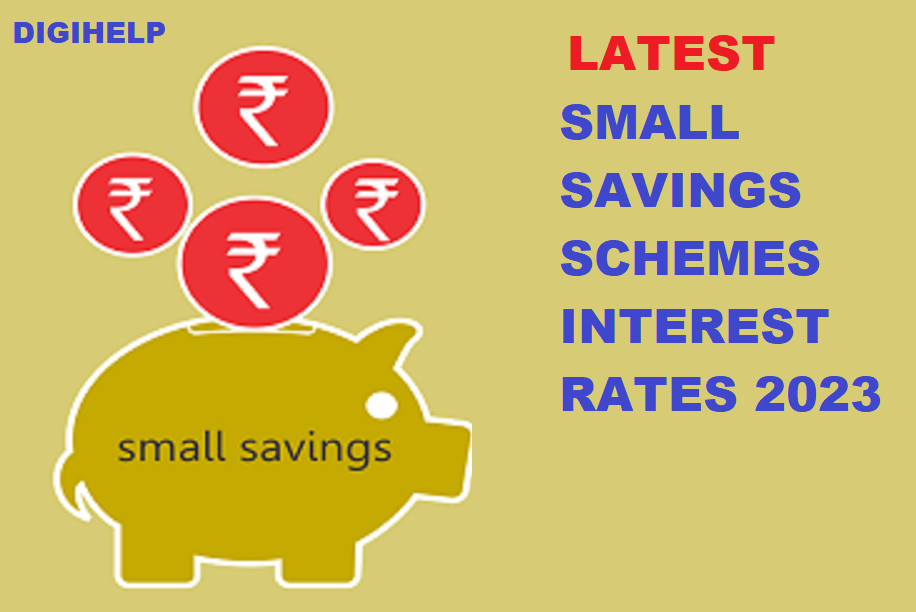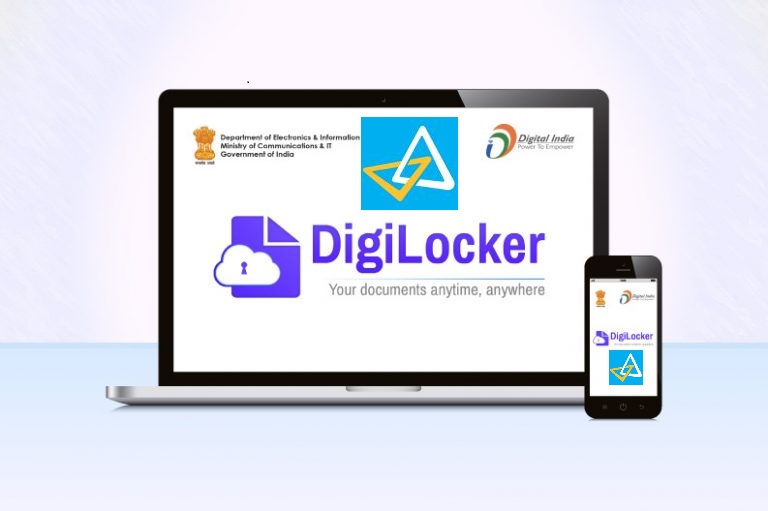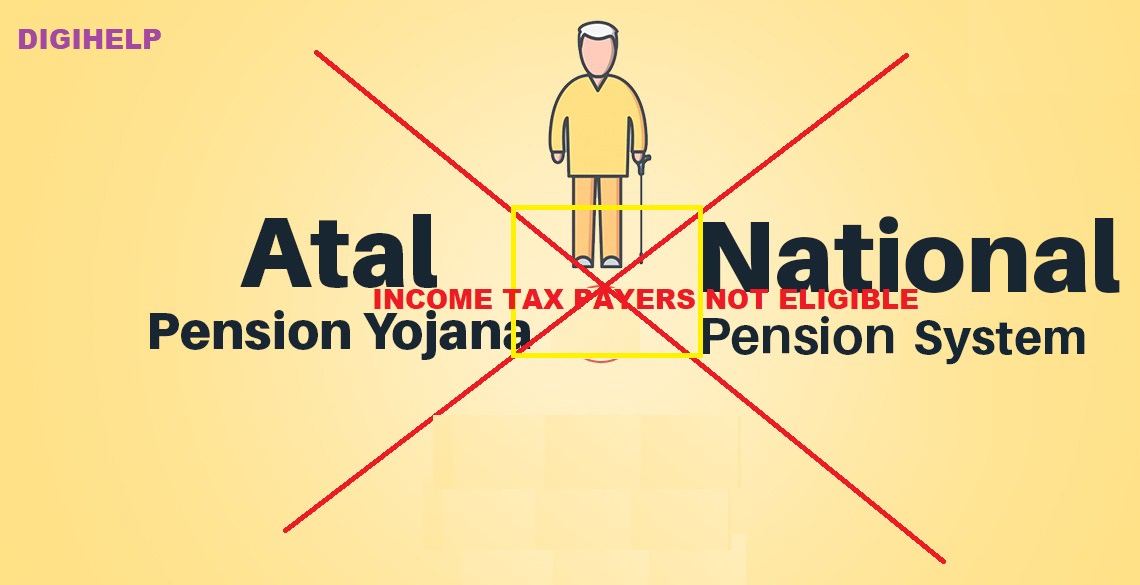Compare Best Saving Schemes To Invest in long term assets creation with minimum fuss. These are the small saving schemes where the returns are lower than the market linked fund but as like debt fund capital creation with no risk.
These are the very popular Saving schemes funds commonly considered as all time favorite. Here is the comparison of Top Best saving small schemes funds where you must have certain investment.
The worst part of the Investment Planning is “Confusion”, where to invest ? either go for Market linked, ELSS or Debt fund, What purpose the investment needed to be made and many more. So before creating confusion let’s sorted it out. Follow and compare the best of saving schemes for investment.
Checkout Top Tax Saving ELSS Funds to Invest In 2016
Before starting any investment there is a small questionnaire which is needed to be completed honestly. This questionnaire will sorted out the best suitable schemes to be invested. Just check it out.
- Why Do you want to Invest, what is the goal of investment ?
i.e. this is the very useful and proper question which fix your goal for investment. Whether you need investment ? If yes why ?
- Expected return , means when do you really need the return on your investment?
i.e. Whether you needed money in short or long term.
- What is your risk appetite ?
i.e. Whether you needed the returns with no risk or prefer some risk on your returns e.g. stocks or equity - How do you invest ?
i.e. decide whether needed lump sump or regular SIP type investment
Once you answer the above queries honestly, automatically you would compare the returns on investment whether goal have been fullfilled or not.Here are the list of best small saving schemes to invest for best return which will fulfill your Goal.
Public Provident Funds
The most popular small saving schemes for salaried class. PPF usually give the returns in long run tax free. Interest rate on this are announced by government.Currently 8.70% per annum.
Salient Features of PPF Accounts
Fix Interest rate of 8.7% per annum , announced by government each year
Minimum deposit is 500/- per annum. Maximum deposit is Rs. 1,50,000/- per annum
The scheme is for 15 years, extension allowed for further period of Five years
Income tax rebate on Investment up to Rs 1,50,000/- per annum under section 80C of IT Act.
Deposits can be made in lump sum or not more than 12 installments.
One deposit with a minimum amount of Rs 500/- is mandatory in each financial year.
Partial Withdrawal is permissible only after 6th financial year.
Loan facility available from 3rd financial year up to 5th financial year. Read How To Get A Loan Against PPF Account ?
The best part is that PPF is the investment which is Free from court attachment.
Non-Resident Indians (NRIs) are not eligible to investment in PPF.
An individual cannot invest on behalf of HUF (Hindu Undivided Family) or Association of persons.
How To Transfer Fund to PPF account Online ?
OUR Rating on PPF Investment :
![]()
National Saving Certificate
As like PPF , National Saving Certificate (NSC) are equally popular among individual especially in lower income group or middle class. This is the very old investment instrument. These are investment issued by Post Offices in India.
Salient Features of NSC Investment
Minimum investment Rs. 100/-. No maximum limit for investment.
NSC VIII Issue (5 years) – Interest rate of 8.5% per annum
NSC IX Issue (10 years) – Interest rate of 8.8% per annum
No tax deduction at source but interest amount will be treated as income in the maturity financial year.
Investment up to Rs 1,50,000/- per annum qualifies for Income Tax Rebate under NSC – section 80C of IT Act including the reinvestment of interest
One may take loan on the NSC up to 75% of the Principal amount from any of the banks in India.
As like PPF Trust and HUF cannot invest.
Investment of Rs 100 in Nsc for five years give returns of approx Rs 151 where 10 years NSC maturity amount will be approx Rs 236
OUR Rating on NSC Investment :
![]()
Post Office Monthly Income Scheme (MIS)
Salient Features of MIS
Interest rate of 8.4% per annum payable monthly
Comparably shorter Maturity period of 5 years
No Bonus on Maturity w.e.f. 01.12.2011.
No Income Tax payable hence No tax deduction at source (TDS)
Minimum investment amount is Rs.1500/- or in multiple thereafter.
Maximum amount is Rs. 4.50 lakhs in a single account and Rs.9 lakhs in a joint account.
If anyone having the saving account in the same post office , Auto credit facility of monthly interest to saving account
As usual MIS is not for HUF and NRI
There is a separate limit for investment to Minors i.e. Rs. 3 lakhs and the same is not clubbed with the limit of guardian.
Facility of premature closure of account after 1 year but on or before 3 years @ 2.00% discount.
Deduction of 1% if account is closed prematurely at any time after three years.
Our rating For Post Office MIS Investment
Kisan Vikas Patra (KVP) Investment
Kisan Vikas Patra is a good investment option for people who don’t have access to regular financial products and don’t fall under the Income tax bracket. Money invested in in KVPs will double in 100 months, or eight years and four months.
Salient features of KVP Investment :
Annual return of 8.67 per cent
It is available in the denomination of Rs 1,000, Rs 5,000, Rs 10,000 and Rs 50,000.
There is no upper limit for investment
Bank loan may be granted against the KVP certificate
No Income Tax charged on KVP, no tax deduction at source (TDS).
KVP certificate is transferable i.e. its ability to transfer from one person to another.
The minimum withdrawal period for a savings certificate is 2.5 years
KVP can be obtained individually, jointly or in the name of minor
Business institutions, organizations, NRIs and HUF (Hindu undivided family) are not eligible to invest in Kisan Vikas Patra
Our rating For Post Office MIS Investment





